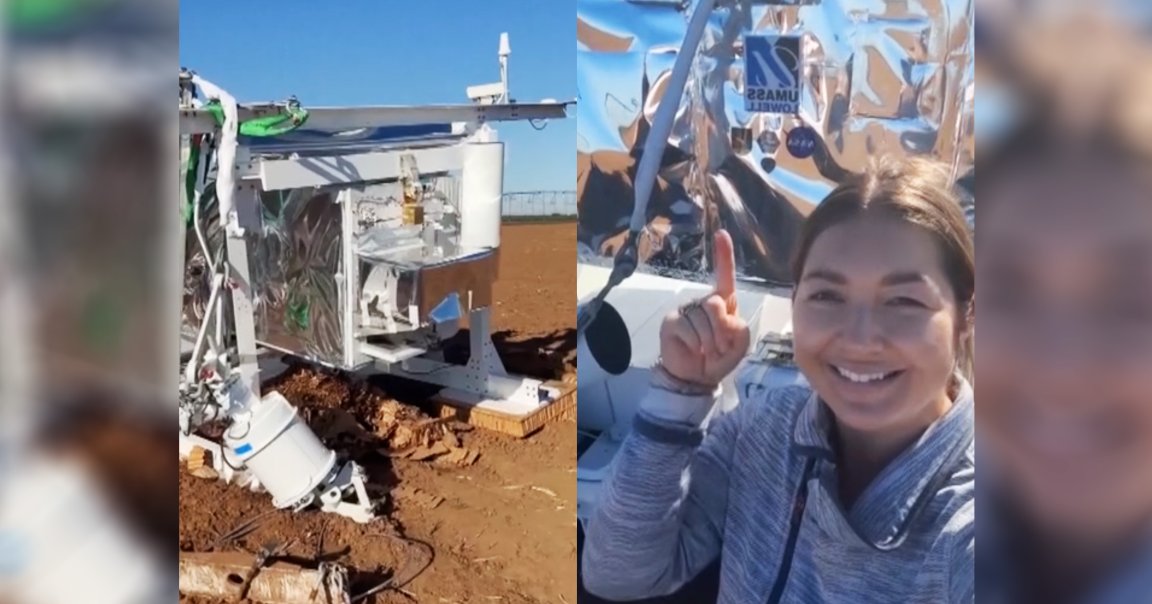
On an unassuming morning in rural West Texas, a woman named Ann Walter was puzzled when a huge hunk of metal descended from the sky and crash landed in her neighbor’s wheat field. There were NASA logos on the parachutes that carried the truck-sized object, which itself bore NASA markings.
“It’s crazy, because when you’re standing on the ground and see something in the air, you don’t realize how big it is,” Walter told the Associated Press. “It was probably a 30-foot parachute. It was huge.”

Unsure of what to do, she called her local sheriff, who told her that NASA had, in fact, misplaced some scientific research equipment.
She’d later get a phone call from NASA’s Columbia Scientific Balloon Facility and learn the equipment took off from a launch facility in New Mexico that’s responsible for launching, tracking, controlling, and recovering unmanned high-altitude research balloons. Typically, these balloons travel 20 miles into the Earth’s atmosphere to conduct scientific experiments. The rep also told Walter that the equipment uses telescopes to gather information about stars, galaxies and black holes.
Complicating matters is that the Scientific Balloon Facility is one of the parts of the government affected by the current shutdown. That means it won’t be updating its site, and it’s unclear whether the shutdown impacted the balloon’s detour and subsequent short term disappearance. NASA did, however, send a recovery team out to collect the off-track unit.
According to the launch schedule available on the site, there was a flight classified as “descending” right in Walter’s area of the map.
“It’s kind of surreal that it happened to us and that I was part of it,” Walter told the AP. “It was a very cool experience.”
More on NASA: NASA Is In Tatters